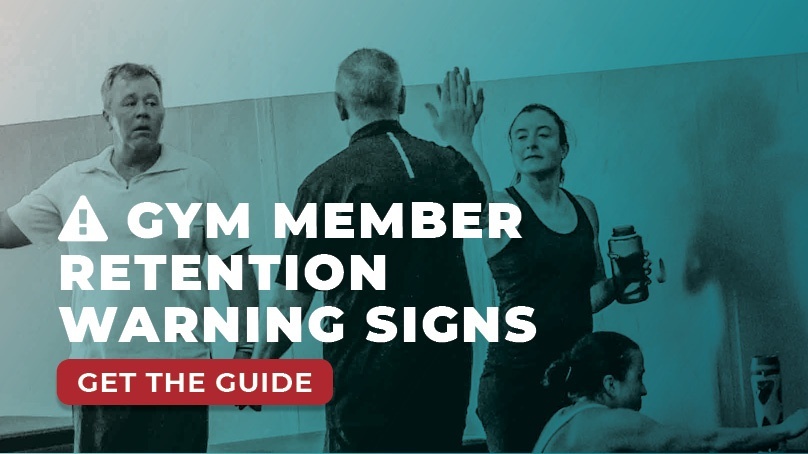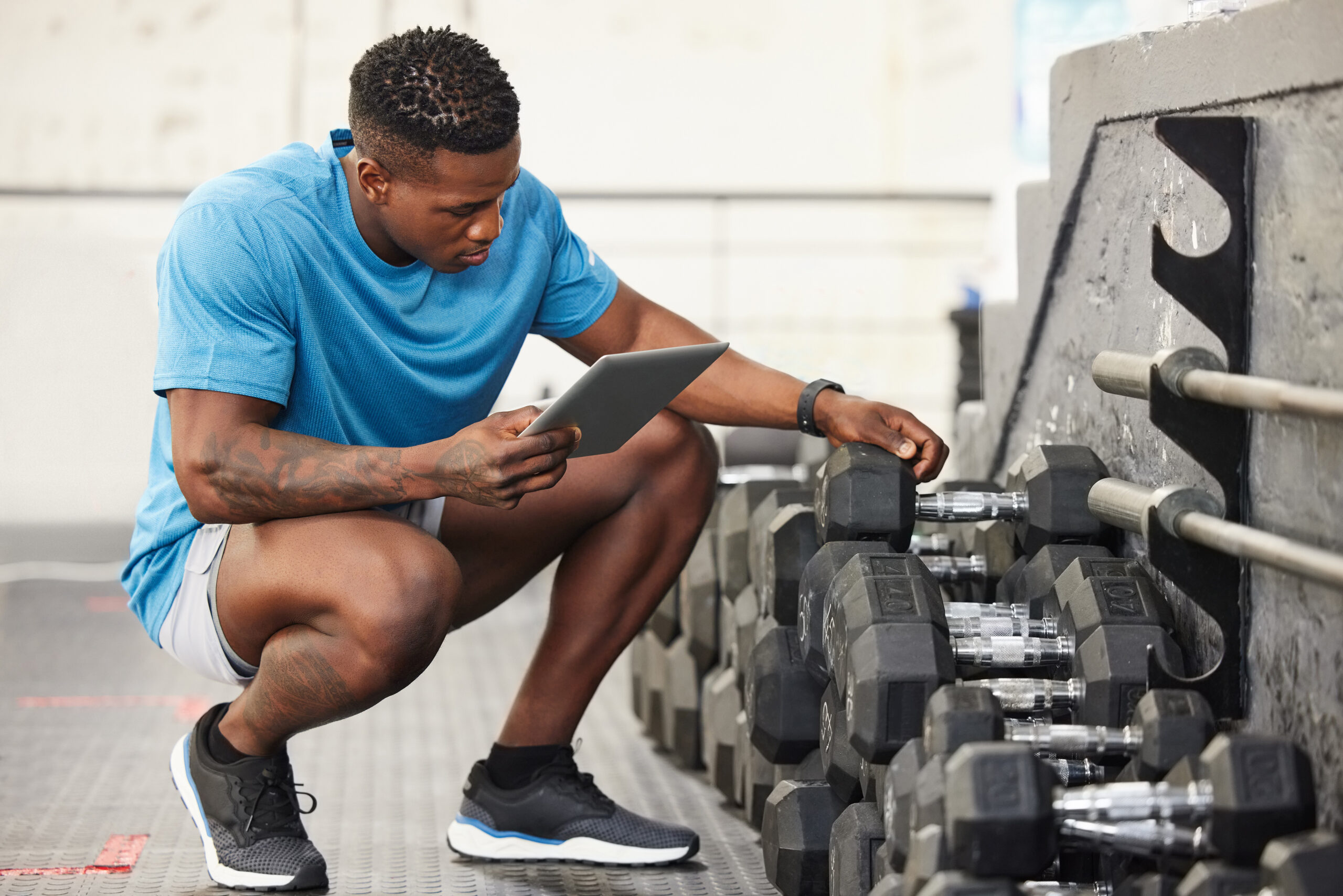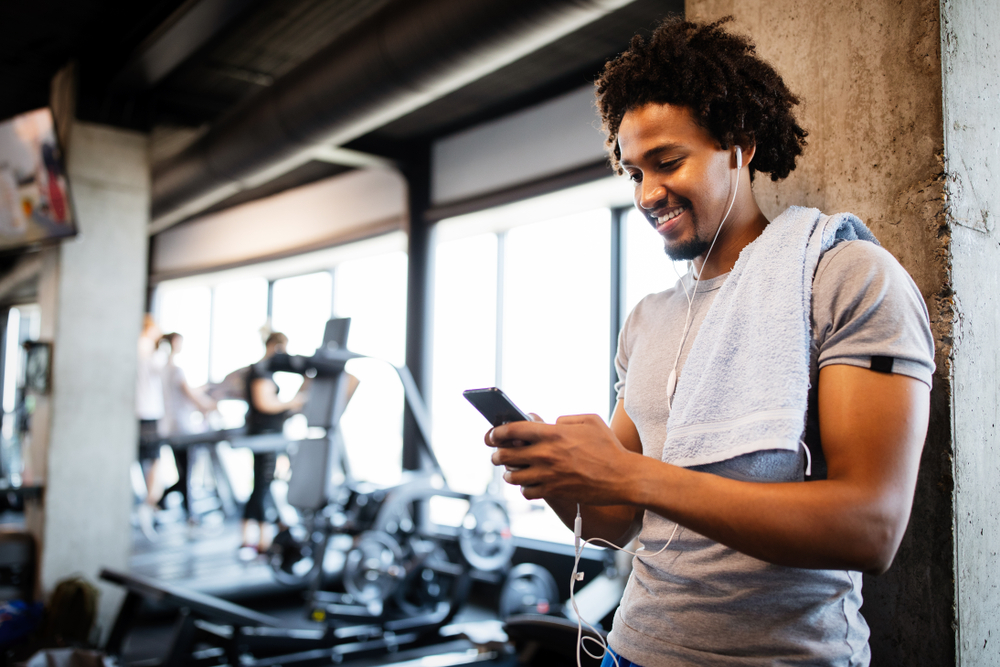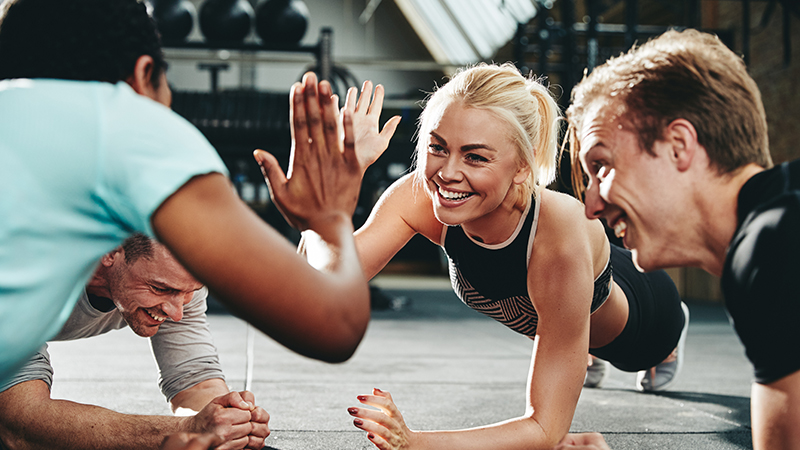How to Be a Disability-Friendly Gym
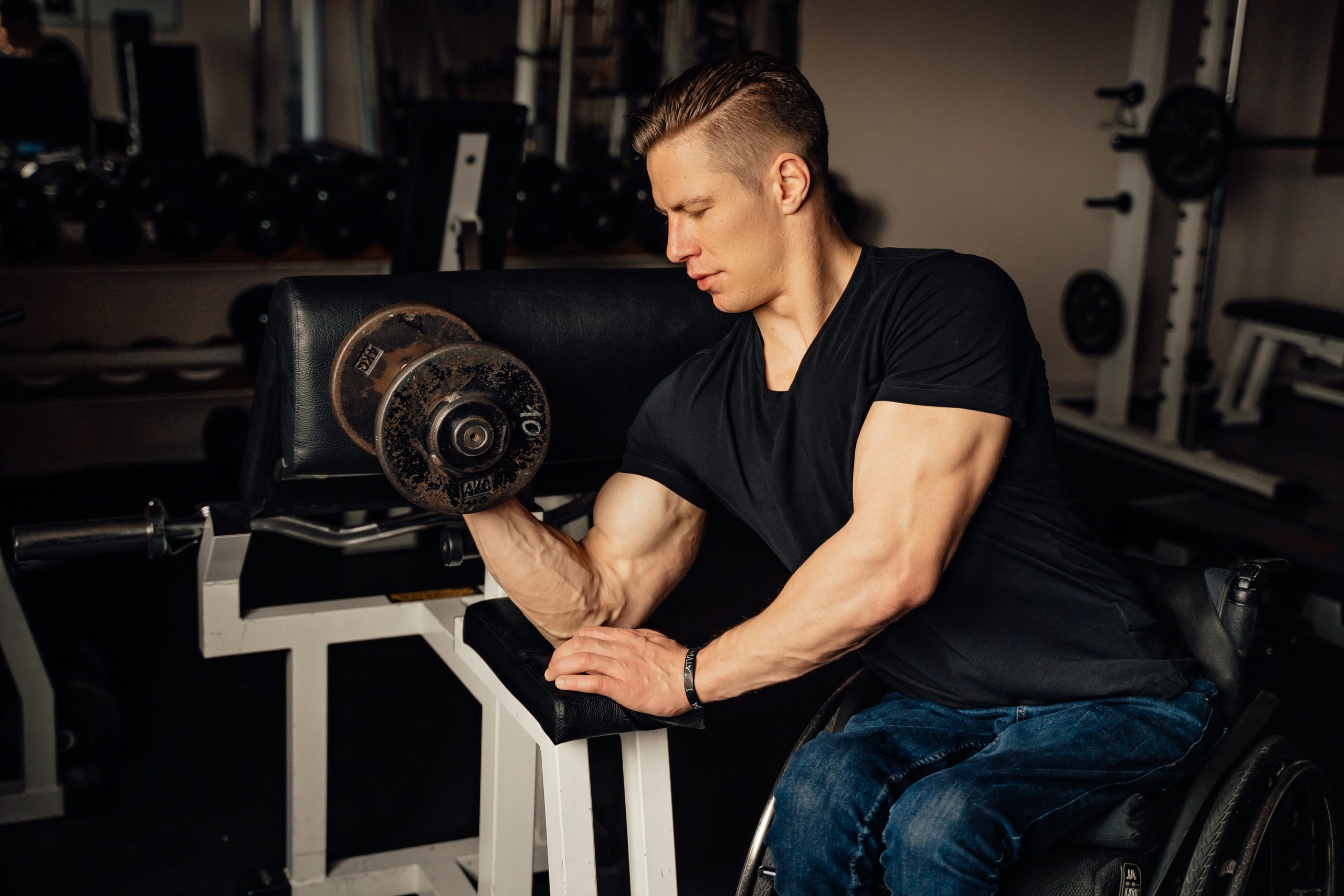
When was the last time you had a person with a disability in your gym? If you’re like most fitness business owners, it’s probably been a long time — if ever.
In a similar vein, most of us see the nonstop media coverage of the Olympics every few years, but have you ever caught the Paralympic Games? (Me neither— it’s not covered.)
Discussions about disability are often sidelined in the fitness world.
It’s time to change that conversation! Let’s go into some crucial information that’ll help you run a disability-friendly gym.
How Disability Intersects With Fitness
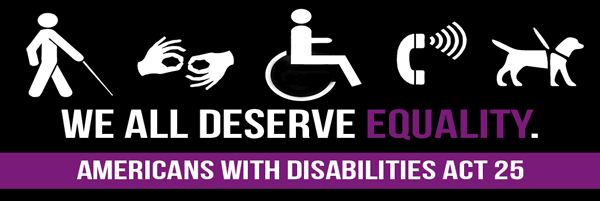
Disability affects every group of people on the planet — there are people with physical and intellectual disabilities in every country, socioeconomic status, ethnicity, religion, and gender — and the community of people with disabilities is vast.
Yet they are almost completely left behind when it comes to health and wellness.
Barriers that contribute to low levels of participation in athletics by people with disabilities include:
- Transport difficulties
- Lack of knowledge of available aids or resources
- Lack of expertise
- Poor community facilities (and lack of access to them)
- Low expectations from peers
Physical Health & Disability
According to a report from the American Academy of Pediatrics, “… children with disabilities have lower levels of cardiorespiratory fitness, lower levels of muscular endurance, and higher rates of obesity than typical children.”
The same can be said for adults with disabilities as well.
The report continues, “In addition to the physiologic benefits of decreased body fat and increased fitness overall, regular physical activity for children with disabilities has been shown to help in controlling or slowing the progression of the chronic disease [and] improving overall health and function…”
You know all of the benefits of physical activity — you’ve made it your life’s work! — so it should come as no surprise that exercise has a host of advantages for children and adults with disabilities as well.
How To Make Your Gym Accessible
I’m certain you’re not actively excluding the disability community from participating in your gym, but unless you’re actively working to include them, they may not realize they’re welcome.
But how do you do that?
The North Carolina Office on Disability and Health wrote a report on best practices to include people with disabilities in gyms. It includes these simple guidelines:
1.) Remove environmental barriers and incorporate accessible features into all areas of your facility.
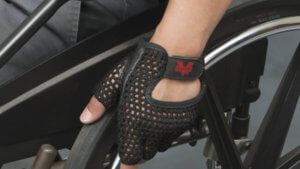
How wide are the doorways in your facility?
Current U.S. law provides that they extend 32 inches to accommodate standard wheelchairs.
Walk through your gym and note any obvious environmental barriers. If possible, do it again with someone who uses a wheelchair or walker.
(Note that a wheelchair-friendly facility is also a stroller-friendly facility. Becoming physically welcoming to people with disabilities makes you welcoming to parents of small children as well!)
2.) Go beyond the minimum requirements of the law and incorporate principles of universal design to make your gym more disability-friendly.
Bear in mind that as the baby boomer population ages, the number of people in the U.S. with disabilities will rapidly increase.
Older people are routinely reminded that staying fit will help them age better. Consider how your building brings them in.
3.) Purchase or replace exercise equipment with types that offer more features to make the equipment usable for those with varying degrees of ability.
Are any of your classes taught by instructors who use wireless microphones?
Consider adding supplemental equipment that “loops” the audio to hearing aids so that every participant can catch the instructions.
Even if you only offer one class a week that incorporates this looping, people who use hearing aids will know that that’s a class where they can fully participate.
4.) Treat people with disabilities as you would any other member, taking into account individual needs and the many exercise options that may be available.
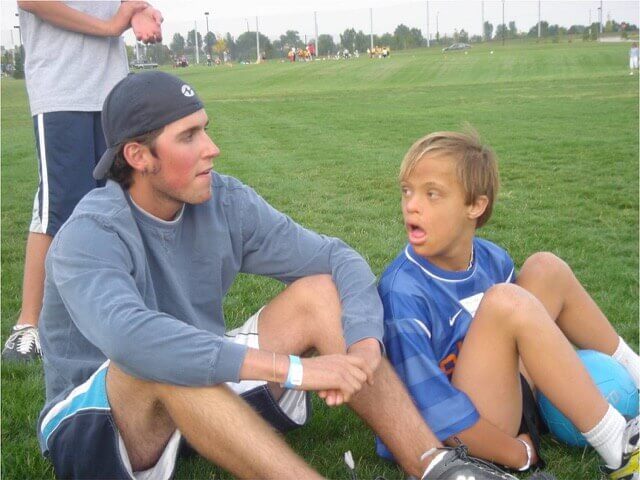
My brother, Christian, is on the autism spectrum. When he was in junior high and high school, his “buddy” Jared (a paid care provider) took him to the gym almost every day.
Christian had a paid membership as part of our family membership, and the gym provided a free membership to Jared as a support person.
Christian made a ton of new friends at the gym, and now there are several other people with intellectual disabilities who work out there with care providers.
5.) Any effort to address the needs of people with disabilities is an opportunity to market and expand your membership to a growing population.
Physical and intellectual disabilities span a wide variety of conditions that can affect walking, seeing, hearing, speaking, and thinking to varying degrees, and they can be temporary or permanent.
Currently, around 26% of the U.S. adult population is affected by some type of disability. This is a very large, untapped market!
Putting Athletes With Disabilities First
An important thing to note is whether your efforts to be inclusive are truly welcoming or are just a check in the box.
In an article on the website for the National Center on Health, Physical Activity and Disability (NCHPAD), author Ellen Petrick asks:
“If club owners or managers are trying to design a facility that will attract members with disabilities, they should try to ask themselves not only CAN people with disabilities use the facility — but also, will they WANT to use it? Can it be used independently or will it require assistance? Is it easy or cumbersome? Is it dignified or humiliating?”
A good way to have this question answered is by asking a person with a disability:
- What works and what doesn’t?
- What can we do better?
These reflections will go a long way toward better serving this population.
One Individual’s Story of Inclusion at a Gym
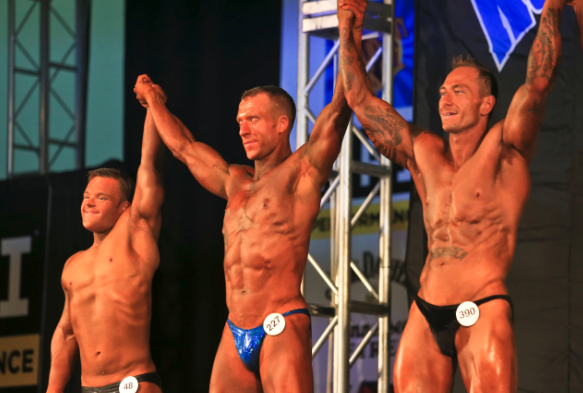
Perhaps you heard the viral story of Collin Clarke’s bodybuilding competition in November 2015. The 22-year-old, who has Down syndrome, began working the front desk at his local gym two years ago. The encouragement he received from his boss to start bodybuilding changed his whole life, not to mention his physique.
You’d want this transformation for any one of your gym members, I’m sure. It’s time to start thinking about how to include people with disabilities among those numbers.
If you’ve tried this and had success, please share your experience in the comments!
Welcome & Retain Gym Members With Disabilities
Respect, communication, and openness to feedback are imperative when welcoming members with disabilities to your fitness facility and retaining them for the long term.
We’ve created a free guide for you with some extra retention tips to help you. Feel free to check it out!
Article originally published December 2016 and updated May 2022.
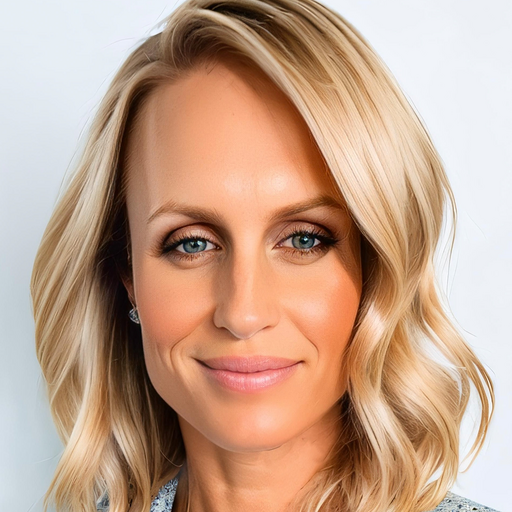
I’m Coach Kelli, a devoted CrossFit gym owner with 15 years of experience managing my facility, along with owning yoga studios and wellness centers. Beyond the fitness world, I have a passion for cooking, cherish moments with my children and family, and find joy in spending time outside. Having experienced the highs and lows, I’m dedicated to leveraging my expertise to help you grow and succeed on your fitness journey.

I’m Coach Kelli, a devoted CrossFit gym owner with 15 years of experience managing my facility, along with owning yoga studios and wellness centers. Beyond the fitness world, I have a passion for cooking, cherish moments with my children and family, and find joy in spending time outside. Having experienced the highs and lows, I’m dedicated to leveraging my expertise to help you grow and succeed on your fitness journey.

